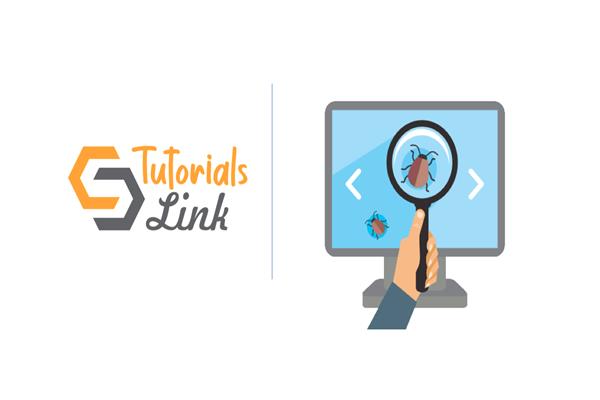What do you understand about Agile design? | Agile Methodology Tutorial
What do you understand about Agile design? | Agile Methodology Tutorial
In this article, you will get to know about agile design in agile methodology.
What is agile design?
Design plays a very important role in the development of any software. The agile team focuses on “what to do about the design” because of the following four factors:
- Many crucial factors focus on loyal designs during the planning phase. Design forces towards waterfall models throughout the product implementation.
- Designers also interact with the different teams for a limited amount of time.
- Designers don’t always have an easy approach to reporting feedback to the engineering team.
- The logical and presentation layers are still not transparent. They are not visible in the code base and making style changes are difficult.
The Product Design Process and Customer Interview
Agile is segmented into multiple methodologies and processes. These methodologies and processes keep the iterative process and free-flowing nature of the technique at their core. The agile design and development methodology is used especially in engineering processes and this process is known as scrum. Customer interviews can become an integral part of the project design process. We will have several of those “Light bulb” movements during the interviews phase. It motivates the people who are taking interviews with the other members of the team such as engineering, marketing, design, etc). Multiple resources are available in the market in which we can conduct an interview - the logistics, methods, and techniques.
Customer Interview Pyramid:
Atlassian is the framework that helps in creating the customer interview pyramid. The pyramid has three layers:
- Communication Observation: It is the bottommost layer of the pyramid, which is very minimum. We should all come back from an interview and list all the observations so that we can not repeat the same things.
- Interpret problems: It is the second layer of the pyramid, it is known as interpret problems. It explains the behavior of the user and groups them into overarching problem statements.
- Connecting opportunities: This is the upper layer of the pyramid, where most value comes in combining the problems with the related patterns or connecting opportunities. This helps in influencing the roadmap and making decisions accordingly.





